-

NASA’s Mars orbiter has beamed back a stunning image of the red planet’s snow-covered dunes creating beautiful patterns over the rust coloured background. The image was taken on May 21 in the Northern hemisphere of Mars by the High Resolution Imaging Science Experiment (HiRISE) camera on US space agency’s Mars Reconnaissance Orbiter. (Image: NASA)
-
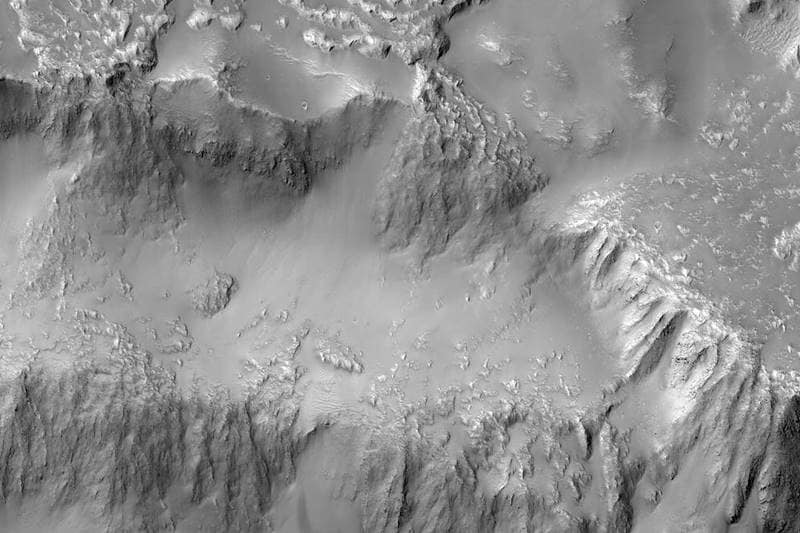
In this image from NASA's Mars Reconnaissance Orbiter (MRO), shows one of the many examples from Mars where lava (when it was molten) behaved in a similar fashion to liquid water. (Image: NASA)
-

In this image which was acquired by the High Resolution Imaging Science Experiment (HiRISE) camera aboard NASA's Mars Reconnaissance Orbiter on April 18, 2017. It reminded the HiRISE team of the rugged and open terrain of a stark shore-line, perhaps of the British Isles. A close-up in enhanced color produces a striking effect, giving the impression of a cloud-covered cliff edge with foamy waves crashing against it. (Image: NASA)
-
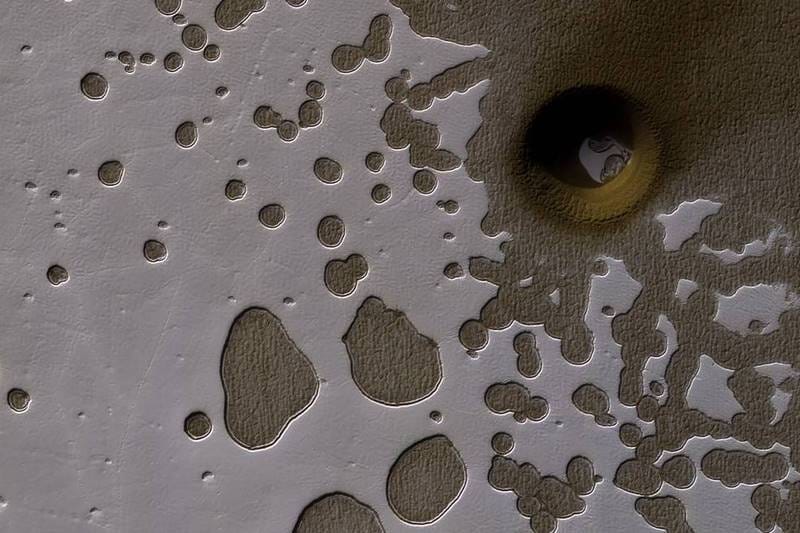
In this image from NASA's Mars Reconnaissance Orbiter show it is late summer in the Southern hemisphere, so the Sun is low in the sky and subtle topography is accentuated in orbital images. There can be seen many shallow pits in the bright residual cap of carbon dioxide ice (Swiss cheese terrain). There is also a deeper, circular formation that penetrates through the ice and dust. (Image: NASA)
-
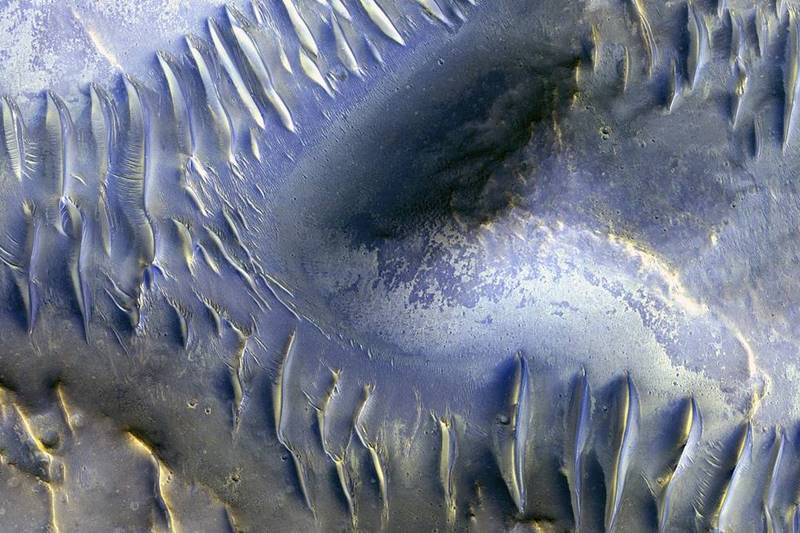
The mound in the center of this Mars Reconnaissance Orbiter (MRO) image appears to have blocked the path of the dunes as they marched south (north is to the left in this image) across the scene. Many of these transverse dunes have slipfaces that face south, although in some cases, it's hard to tell for certain. Smaller dunes run perpendicular to some of the larger-scale dunes, probably indicating a shift in wind directions in this area. (Image: NASA)
-
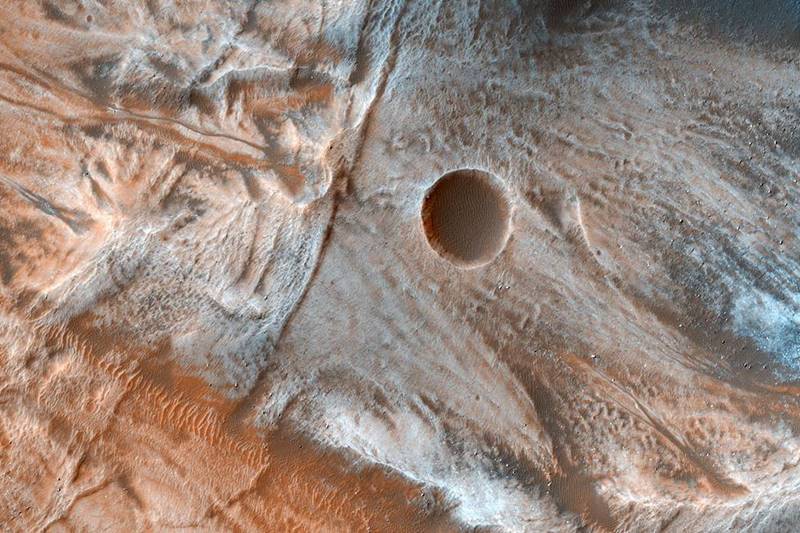
Viscous, lobate flow features are commonly found at the bases of slopes in the mid-latitudes of Mars, and are often associated with gullies. (Image: NASA)
-

This image of a well-preserved unnamed elliptical crater in Terra Sabaea, is illustrative of the complexity of ejecta deposits forming as a by-product of the impact process that shapes much of the surface of Mars. (Image: NASA)
-
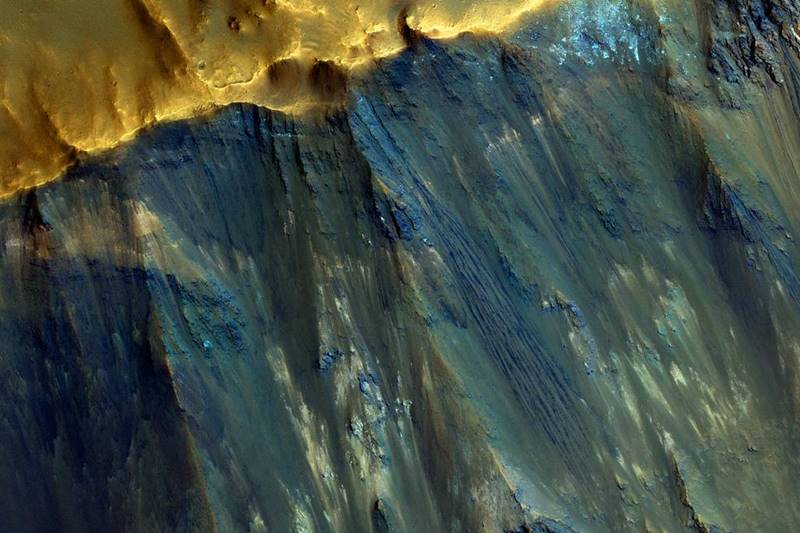
Impact craters expose the subsurface materials on the steep slopes of Mars. However, these slopes often experience rockfalls and debris avalanches that keep the surface clean of dust, revealing a variety of hues, like in this enhanced-color image from NASA's Mars Reconnaissance Orbiter, representing different rock types. The bright reddish material at the top of the crater rim is from a coating of the Martian dust. (Image: NASA)

US announces new rules for selection of H-1B visa for foreign workers






